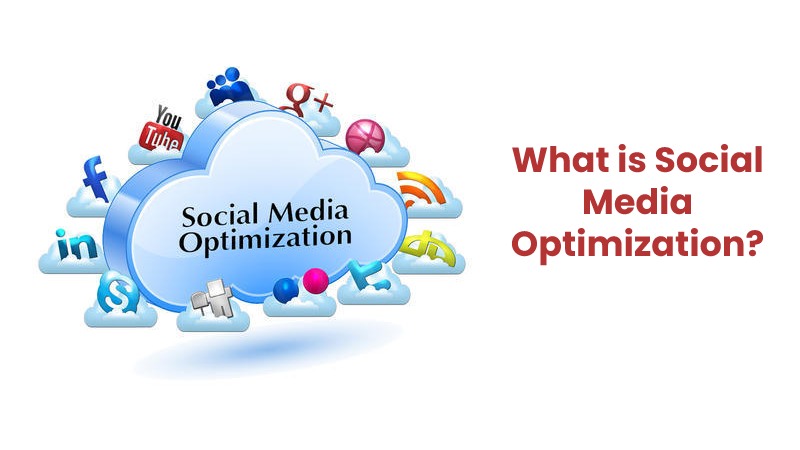Table of Contents
Social media optimization: Tips and Tools
Social Optimization –
And also, in 2020, more than 3.6 billion persons worldwide had used social networks, and in 2025 their number will grow to 4.41 billion. Therefore, on average, Internet users spend 144 minutes a day on social networks and instant messengers, half an hour more than in 2015.
Therefore, this figure expects to grow as lagging digital markets catch up with other regions through infrastructure development and the availability of low-cost mobile devices. Businesses are also moving to social media as they provide an opportunity to communicate with target audiences (68% of consumers agree that social media allows them to interact with brands and companies), raise awareness of Social optimization.
And also, gaining followers on social media is not easy: it is not enough for a brand to be present on the platform. That is where social media optimization (SMO), organic marketing, and paid promotion come in. At the same time, companies spend about 15-25% of their advertising budget on social networks.
What is Social Media Optimization?

And also, like search engine optimization, social media optimization includes some strategies to ensure the highest quality impact and interaction with your target audience.
The main goals of social media – Social optimization:
- Impressions in platform search results;
- Ranking higher in the subscribers’ feed;
- Involvement of subscribers in the discussion of publications;
- Traffic to the website;
- Maintaining brand reputation;
- Creation of a community of loyal consumers.
But unlike search engine optimization, a pretty average across Google and Bing, social media optimization has different best practices for each platform, making it a much more challenging task. Therefore, according to StatcounterGlobalStats for July 2021, the most popular social networks in Russia are Facebook (21.48%), VK (20.29%), Twitter (16.75%), Instagram (13.32%), YouTube (10,nine%). And also, consider SMO for platforms popular with businesses.
Optimization on Facebook
Market leader Facebook was the leading social network to surpass 1 billion listed accounts and currently has about 2.5 billion monthly active users, making it the most popular social network globally.
Facebook optimization tips:
- Mainly, optimization for organic and paid posts will be different. For example, CTAs work well in ads, but not organic posts.
- Analyzing posts in terms of reposts and audience engagement, and writing-related posts can increase a page’s popularity.
- Directly uploaded videos have more engagement than YouTube reposts.
- Each ad post will promote a product or service, but organically only 3rd or 4th.
- Dealing with negativity is about trying to genuinely interact with your audience rather than deleting or hiding comments. The more interaction, the higher the social optimization.
Examples of free Facebook optimization tools:
- Facebook Ads Performance Grader – for auditing and optimizing paid ads;
- Iconosquare – instant audit of a Facebook business page;
- DrumUp – to manage and share content suitable for the audience;
- Comment Picker – to randomly pick a winner in the comments.
YouTube Optimization
Video content is still viral: 54% of consumers want to see more video content from their support brand or company. And also, youTube makes it possible to post content for any budget and repost it on the brand’s website without slowing down its work.
YouTube Optimization Tips:
YouTube SEO involves adding relevant keywords to the title and a description and filename for each video. Social optimization
- Videos that match the company’s profile are more loyal to the audience.
- Hashtags appear above the video title and play a role in search queries, including on Google.
- An intriguing splash screen in front of a video increases the chances of watching it.
- Subtitles are beneficial: 92% of users watch mute videos on mobile devices, and 83% watch quiet videos.
Free YouTube Optimization Tools:
- TubeRanker for channel auditing;
- VidIQ to measure tags, watch time, and reposts;
- TubeBuddy to manage your channel;
- Kparser for YouTube keyword research;
- Punchbug’s YouTube Video Optimization Checklist.

